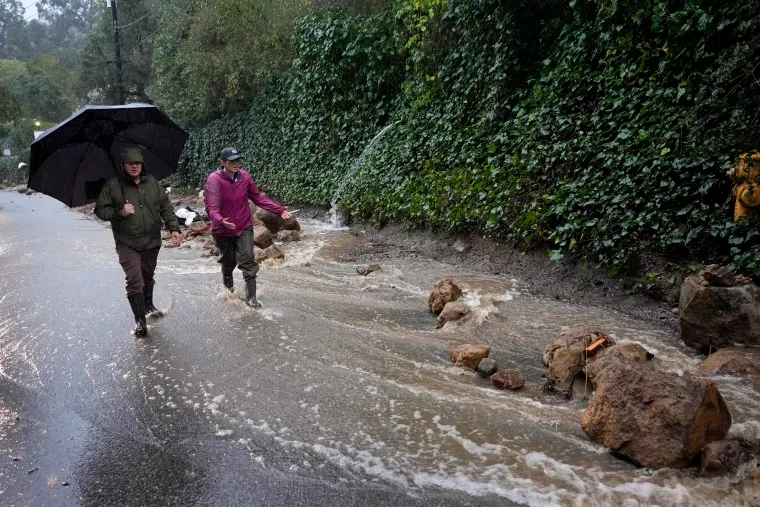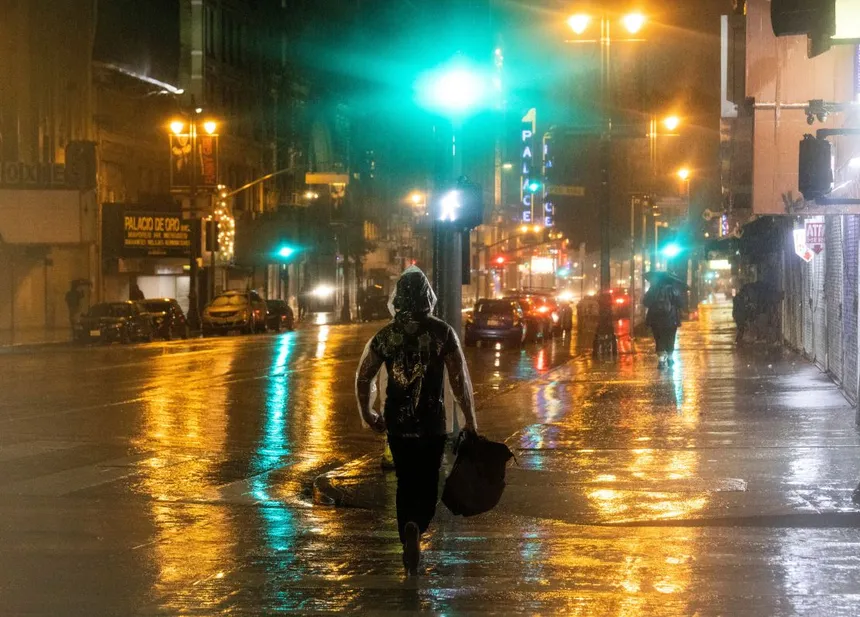Just a few months ago, millions in California were living under mandatory water conservation rules. The record-breaking dry spell had drained reservoirs and left terrains parched. But then came a deluge of atmospheric river storms and “bomb cyclones” that dumped record-breaking snow and rains, bringing relief to parched communities. However, despite the reprieve, California’s water crisis is far from over.
While the most severe signs of drought have disappeared in many parts of the state, groundwater reserves remain critically low. In fact, a recent study found that groundwater depletion has accelerated in recent years, and estimated that groundwater in the Central Valley shrunk by about 36 million acre-feet since 2003. This lack of groundwater is not only affecting agriculture but also rural communities that rely on it for their daily needs.
Decades of water mismanagement have drained California’s groundwater aquifers, which supply 60% of the state’s water during drought years. However, even during wet years, farms pump more groundwater than is replenished, while rural communities suffer from chronic shortfalls. Thousands of households have been living without potable water for years, and more than 120 dry wells were reported to the state this year.
The drought is not just about the weather; it’s a complex issue tied to human behavior and policy. Despite the deluge, California’s governor, Gavin Newsom, recently rolled back some of the state’s most severe drought restrictions but stopped short of lifting the drought emergency.

J Pablo Ortiz-Partida, a senior water and climate scientist, argues that the drought is not just about precipitation but about the rights of Californians to access water. “For me, the drought is not going to be over until all Californians can access their human right to water,” he said. “How can we start talking about having enough water this year if so many people in California don’t have any?”
The situation is further complicated by the fact that many parts of the state, including northern California and the south-west, have remained relatively dry, while cities and farms that draw water from the Colorado River’s reservoirs face deep water deficits.
Scientist Peter Gleick emphasizes that determining when a drought begins and ends is subjective. “Sometimes it’s a hydrologic drought – referring to how much water is available to nature. Sometimes it’s a meteorological drought – related to how much rain and snow we get. And sometimes it’s a political drought.” He notes that California’s water crisis runs deep, citing the fact that many aquatic species are still competing with people for water supplies.
As California emerges from its latest drought, it is clear that the state’s water problems are far from over. The crisis is a complex web of human behavior, policy, and climate change that will require long-term solutions to address the root causes of the problem.

